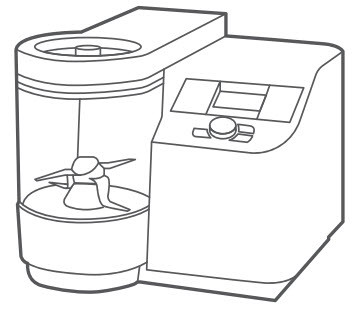 Milling and grinding allows the user to obtain a representation of a larger, non-homogenous sample. Many types of mills and grinders are available that have different capacities and limitations, such as the size of the particle they can produce and how much of a sample they can accommodate.
Milling and grinding allows the user to obtain a representation of a larger, non-homogenous sample. Many types of mills and grinders are available that have different capacities and limitations, such as the size of the particle they can produce and how much of a sample they can accommodate.
5 Questions to Ask When Purchasing a Mill or Grinder
- What size do you need the particles to be after milling/ grinding?
- What capacity does the mill/ grinder need to have for your application?
- How easy are the parts to replace? What are the warranty options for the instrument?
- How easy is it to clean the instrument and prevent crosscontamination?
- What safety features are available to prevent user injury?
Safety Tip
Extra care must be taken when working with mills and grinders. Because these instruments are creating small particles, safety glasses or goggles should always be worn during use to prevent eye injury. Operation of these instruments may also produce fine, airborne particles that could be hazardous if inhaled. Using a ventilation system may be necessary to help cut down on these particles.
Maintenance Tip
To prevent cross-contamination and prolong the life of your instrument, clean it between each use. Always make sure the instrument is off before cleaning! During this cleaning, look for wearing of any parts that may need to be repaired or replaced. In addition, look for any parts that may be rubbing against each other and require lubrication.










